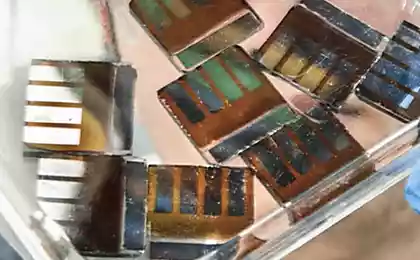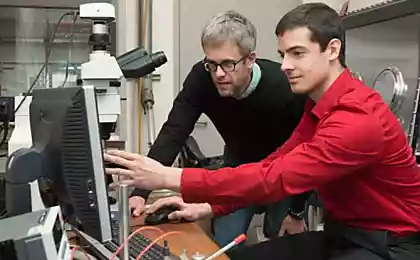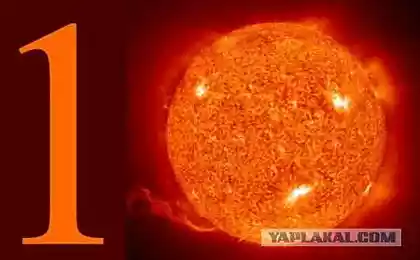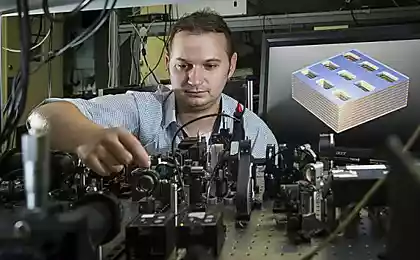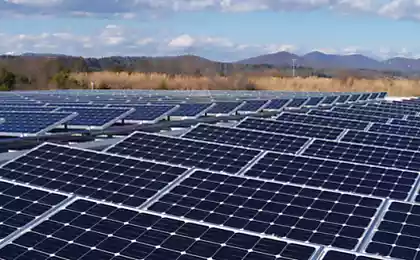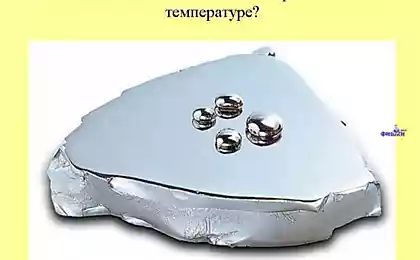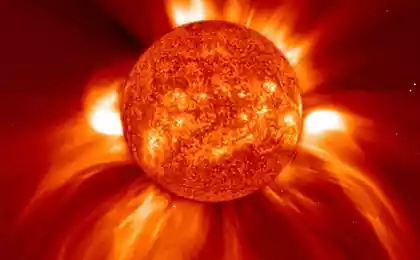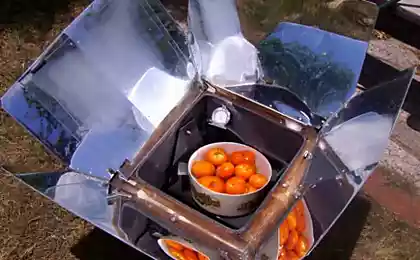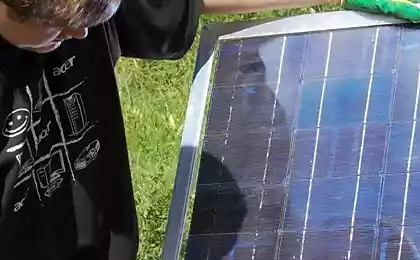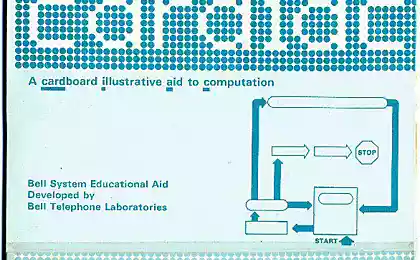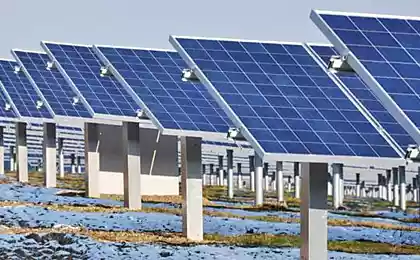403
Hybrid solar cells
170 years after the discovery of a strange, metallic stone, found in the Ural mountains in Russia in 1839, he began the global technology race for cheaper and more efficient solar cell. This can seriously undermine the world's solar market, which is currently dominated by China.
Peculiarities of this breed has led to the understanding that there is a class of minerals having the General crystalline structure of cubes and diamond-like shapes. The structure was named in honor of Lev Perovsky, a Russian expert on the minerals, who first studied it. He died in 1856. Later, the researchers found that the mineral sediments containing perovskite structure, was cheap and found in abundance around the world.
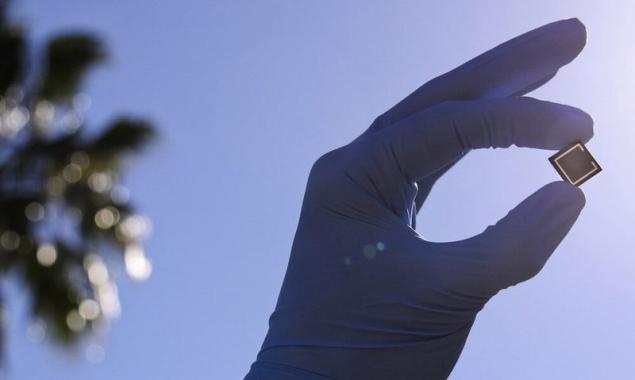
But scientists weren't sure what to do with them until 2009, when a Japanese researcher found that perovskite can absorb sunlight and turn it into electricity. It was remarkably similar to the properties of silicon cells. Only the cells of the perovskite chose the more powerful the photons of sunlight and was cheaper than silicon cells, which require 14 stages of production, including substances requiring the use of high temperatures, expensive automation and sterile rooms.Kodak
Potentially cheaper cost of materials and production resulted in the first wave perovskite commercial enterprises, including at least two that are based in the USA. They focus on products that can challenge the dominance of China in the global solar energy market and help to begin production around the world.
Perovskite solar cells "aroused great interest among researchers of solar energy over the past four years", and their efficiency has increased from 15% to over 22% (according to laboratory data) in just three years, reaching a competitive level in comparison with the PV modules produced by China.
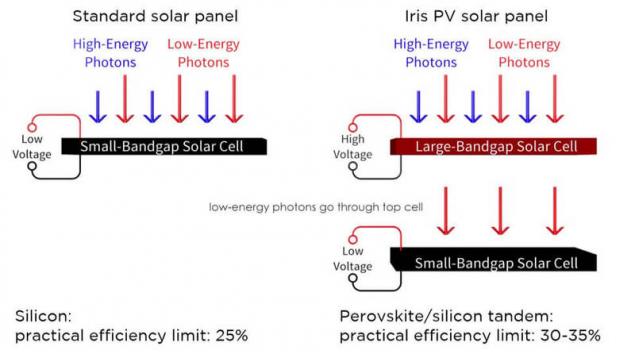
The main advantage of perovskites is their lower cost and the opportunity in the future to further improve the efficiency. The third factor is the ability of perovskite cells to work in "tandem" with commercial silicon cells to quickly increase their productivity.
The most ambitious commercial enterprise in the United States for the production of perovskite solar cells came with the development of Eastman Kodak special photographic film coating a thin layer of celluloid film, which was sensitive to light. High-speed roll printing, which Kodak was first consolidated in the world market of photographic film, used for coating plastic films with a thin layer of materials based on perovskite.
In the summer of 2016 a second commercial enterprise in the United States in the laboratories of Stanford University. It's called Iris PV, and its managing Director, Colin Bailey believes that his company can quickly achieve higher solar efficiency due to the combination of perovskite solar cells with a standard silicon cells. Working in tandem, the two devices can extract more energy from sunlight. Recently, Australian laboratory declared that such an array can achieve high efficiency of 26.4%. published
P. S. And remember, only by changing their consumption — together we change the world! ©
Source: //solarpanels.com.ua/news/staryj-bulyzhnik-pomozhet-sozdat-solnechnye-elementy-novogo-pokoleniya/
Peculiarities of this breed has led to the understanding that there is a class of minerals having the General crystalline structure of cubes and diamond-like shapes. The structure was named in honor of Lev Perovsky, a Russian expert on the minerals, who first studied it. He died in 1856. Later, the researchers found that the mineral sediments containing perovskite structure, was cheap and found in abundance around the world.

But scientists weren't sure what to do with them until 2009, when a Japanese researcher found that perovskite can absorb sunlight and turn it into electricity. It was remarkably similar to the properties of silicon cells. Only the cells of the perovskite chose the more powerful the photons of sunlight and was cheaper than silicon cells, which require 14 stages of production, including substances requiring the use of high temperatures, expensive automation and sterile rooms.Kodak
Potentially cheaper cost of materials and production resulted in the first wave perovskite commercial enterprises, including at least two that are based in the USA. They focus on products that can challenge the dominance of China in the global solar energy market and help to begin production around the world.
Perovskite solar cells "aroused great interest among researchers of solar energy over the past four years", and their efficiency has increased from 15% to over 22% (according to laboratory data) in just three years, reaching a competitive level in comparison with the PV modules produced by China.

The main advantage of perovskites is their lower cost and the opportunity in the future to further improve the efficiency. The third factor is the ability of perovskite cells to work in "tandem" with commercial silicon cells to quickly increase their productivity.
The most ambitious commercial enterprise in the United States for the production of perovskite solar cells came with the development of Eastman Kodak special photographic film coating a thin layer of celluloid film, which was sensitive to light. High-speed roll printing, which Kodak was first consolidated in the world market of photographic film, used for coating plastic films with a thin layer of materials based on perovskite.
In the summer of 2016 a second commercial enterprise in the United States in the laboratories of Stanford University. It's called Iris PV, and its managing Director, Colin Bailey believes that his company can quickly achieve higher solar efficiency due to the combination of perovskite solar cells with a standard silicon cells. Working in tandem, the two devices can extract more energy from sunlight. Recently, Australian laboratory declared that such an array can achieve high efficiency of 26.4%. published
P. S. And remember, only by changing their consumption — together we change the world! ©
Source: //solarpanels.com.ua/news/staryj-bulyzhnik-pomozhet-sozdat-solnechnye-elementy-novogo-pokoleniya/

